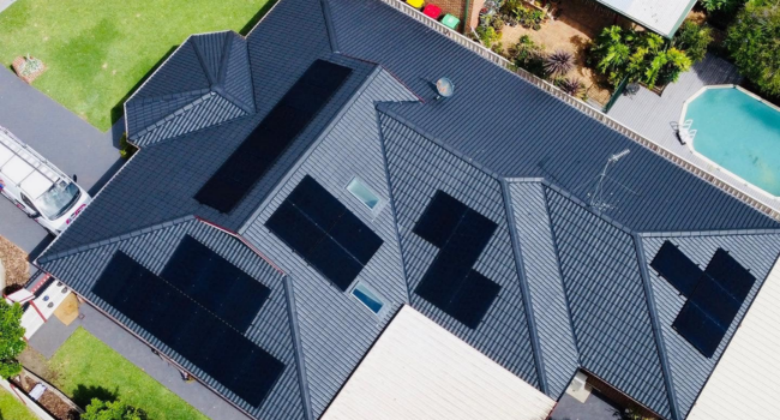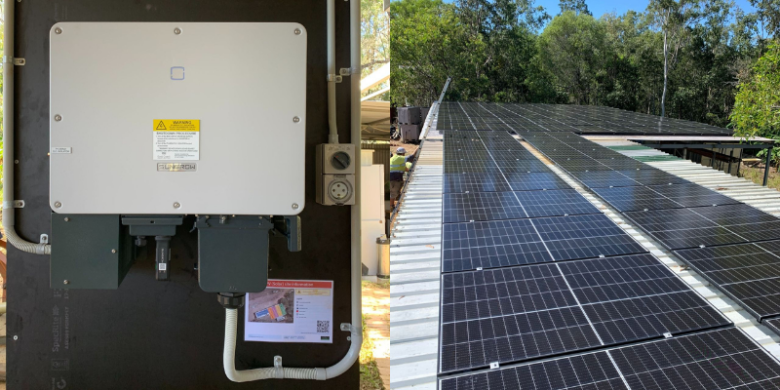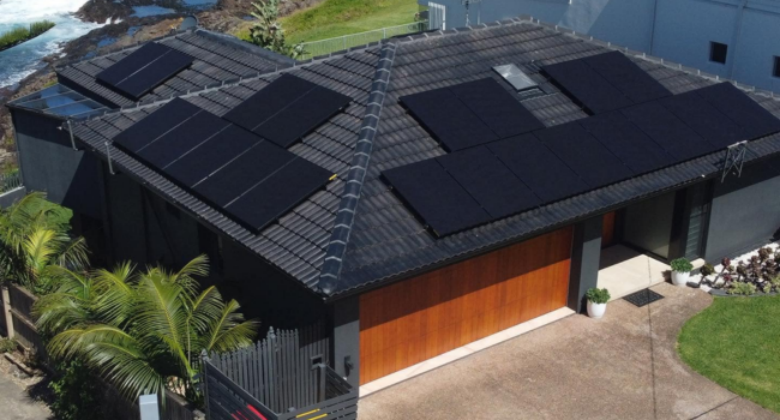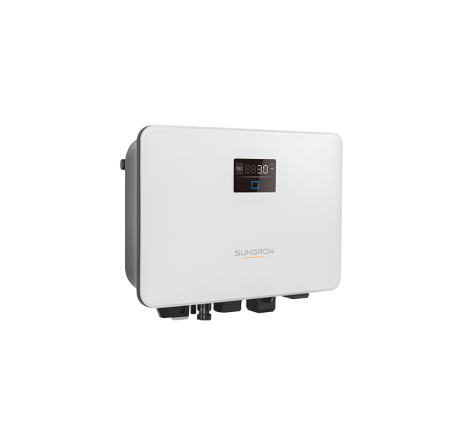The rising popularity of solar energy and energy storage systems in Australia is attributed to the ever-growing demand for green energy, contributing to sustainable growth. Reports indicate that 30% of Australian homes have roofing solar, the highest rate globally.[1] With such figures, it’s essential for manufacturers to develop strong components that can deliver performance and reliability. One such component is the inverters.
The crucial role of the solar inverter and energy storage in maximizing energy efficiency creates the best environment for fueling solar energy adoption. It’s one of the reasons why more than three million Australian households and small businesses have solar systems installed.

Understanding Solar Inverters and Energy Storage Systems
As the name suggests, a solar inverter, also called a power converter, is a component that converts energy. Energy from solar panels is in direct current (DC) form and cannot be used to run your home appliances. The invert converts it into usable alternating (AC) current to be utilized in your home or workplace.
l How do Solar Inverters Work in Converting DC to AC Power?
The inverter captures the variable DC output from the solar panels and converts it into 120V/240V AC output. This is crucial because the appliances in your home run on AC.
The solar panels are made up of semiconductor layers of crystalline silicon or gallium arsenide. They absorb and transfer the light to the PV cell, moving between the positive and negative layers and producing DC current. The inverter captures the DC energy and runs it through a transformer to create an AC output.
l How does an Energy Storage System Capture Excess Energy?
These systems work alongside solar panels, converting excess sunlight-generated electricity into a usable form, which is then stored in batteries for future use. Equipped with intelligent energy management, they ensure a consistent power supply by releasing stored energy strategically.
Moreover, these energy storage systems offer backup power during grid outages, adding an extra layer of reliability. By efficiently capturing and managing excess energy, energy storage systems maximize the benefits of solar investments while reducing reliance on the grid.
l The Synergy Between Solar Inverters and Energy Storage for Efficient Power Management
The best solar inverters are designed with excellent integration capabilities to work with other components of your power systems. Energy storage is among the primary components required for such applications. During low sunlight, the inverter provides the AC energy needed for running your appliances while the battery stores any excess energy for later use. That means you will always have sufficient energy when you need it.

Hybrid inverters effectively combine solar inverters with battery inverters into a single piece of equipment. This system intelligently manages power from solar panels, batteries, and the utility grid. It is the most advanced setup today.
Advantages of Solar Inverters and Energy Storage Systems in Australia
Solar inverters and energy storage systems are playing a huge role in the energy industry. They offer the following benefits:
ü Reducing Reliance on the Grid During Peak Demand and High Electricity Prices
Grid electricity could be more reliable. During peak demand, there can be rationing and price surges, inconveniencing consumers. With a well-installed hybrid inverter, consumers never have to worry about such issues.
ü Harnessing Excess Solar Energy for Use During Cloudy Periods and at Night
While inverters provide constant energy during the day, energy storage systems ensure a continuous supply of the same electricity during cloudy periods and at night. The systems are effectively integrated to deliver a smooth transition of roles, creating an uninterrupted power flow.
ü Contributing to a Greener and More Sustainable Energy Future for Australia
Issues of global warming and carbon are affecting the entire planet. Australia is one of the countries on the front line of reducing these effects using solar power systems. The country is among the largest consumers of solar power, making it one of the biggest contributors to a greener planet.

The Best Solar Inverters for Australia
Enjoying the benefits of solar inverters begins by investing in the right product. It is important to buy from a reputable brand. And this is where Sungrow comes in.
Every Sungrow inverter is designed to deliver high performance while ensuring efficiency and reliability. We have been offering top energy solutions since 1997, growing into one of the biggest inverter brands in the world, with a total of 340 GW global installations by 2022. We have a strong reputation for quality thanks to our dynamic technical R&D team.
Our newly launched Single-MPPT string inverter SG2.0RS-S for Australia is a revolutionary solution for efficient solar power conversion. With its cutting-edge technology, compact yet robust design, user-friendly interface, and smart grid integration, the SG2.0RS-S takes your solar energy system to new heights.

Conclusion
Thanks to its dedication to customer satisfaction and solutions, Sungrow has become a household name in over 150 countries globally. With over 26 years of strong experience, it has developed a community of trusted consumers with its products, even in Australia. Thus, you can be sure of a reliable solar power system with batteries and inverters.
Reach out today to learn more about the company or get your next inverter.
Reference
[1] Solar PV and batteries. Available at: https://www.energy.gov.au/households/solar-pv-and-batteries (Accessed 6th September)